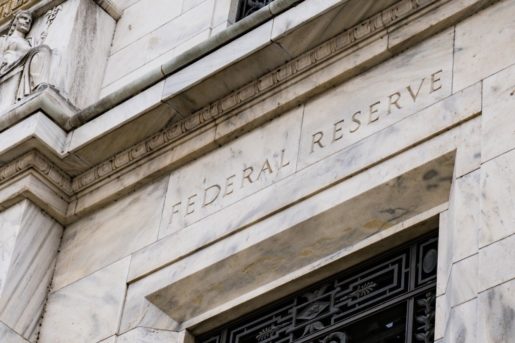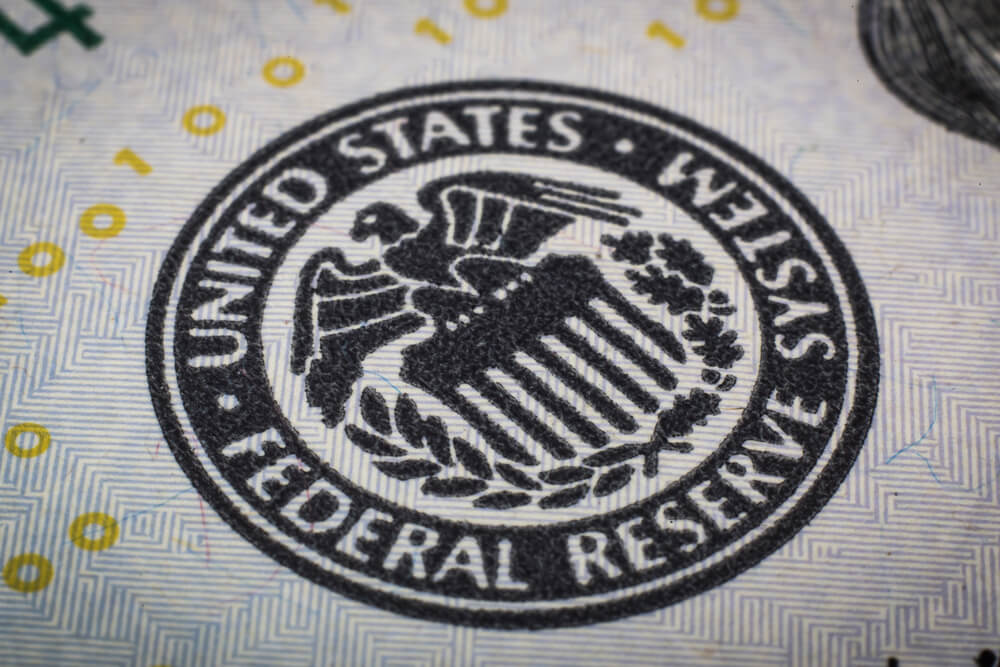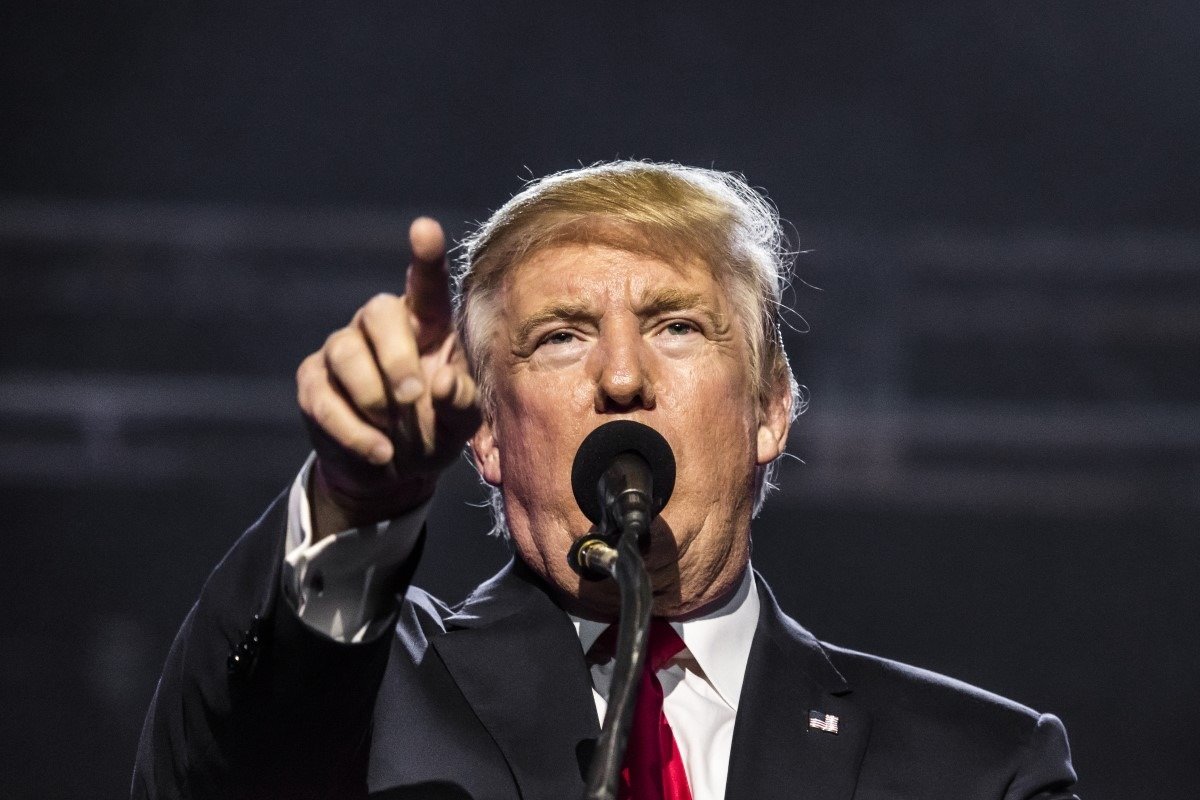The Federal Reserve meeting this week held interest rates steady. It twisted the statement after meeting to reflect what appears to be a stronger commitment to nudge up inflation.
On Wednesday, the Central Bank’s Federal Open Market Committee said that it would hold its benchmark funds rate between 1.5% to 1.75%. It is a range where it has been since the latter part of last year. FED is meeting market expectations.
Following three consecutive reductions in 2019, the decision marked the second straight meeting. The Fed made no changes to rates. The rate is setting the standard for what banks charge each other for overnight lendings. Nevertheless, it is also used as a benchmark for much consumer debt.
In the post-meeting statement, only a little changed. Only, there was a bit more resolution toward the rise that has been a lackluster pace of inflation. The committee adjusts the language for reflecting that policy. The policy is geared towards increase returning to the committee’s symmetric 2 percent objective.

From the long-standing boilerplate statement that the Federal Reserve was looking to get inflation “near” the benchmark that it considers healthy for the growth of the economy, the language differed now.
Federal Reserve officials expressed concerns over the inability to get inflation to the 2% level in recent months. The consumers are welcoming low prices. Nevertheless, the Fed worries that low expectations will continue to keep inflation. Consequently, interest rates will be at below-normal levels. Thus, adding little liquidity to cut future downturns.
By committing to keeping rates low until the inflation level rises, officials hope they can jawbone inflation higher. Through the symmetric technology, they have even indicated that they will allow inflation running above target for a while.
Federal Reserve System
Jerome Powell is the Federal Reserve chairman. He said that they want to underscore their commitment to 2%, not being a ceiling. They wanted inflation to run symmetrically around 2%, and they are not satisfied with the inflation running below 2%.
The change to the statement came afterward of the discussions at December’s meeting, said Powell. Some member through near was a concession to sub-2% inflation.
Otherwise, in the statement, there were few changes.
The reduction of the characterization of consumer spending was the only other adjustment. In December, there was a sharp cut. Nevertheless, the moderate decrease was at this week’s two-day meeting.
All in all, the Federal kept its benchmark rate steady. Nevertheless, it adjusted the internet it pays on funds stored at the central bank. The Federal Reserve boosted the interest on the excess reserves rate, called IOER, five basis points to 1.6%.
Otherwise, the statement continued to see economic growth as rising at a moderate rate and the labor market as stable.
Last year, several members of the board objected to the Fed’s rate cuts. Nevertheless, now the decision was unanimous.
Let’s see how the policies of the Federal Reserve will adjust to the economy. Economists and traders are interested in how it will help the United States economy to grow. Moreover, the second-largest economy in the world is under hit.













